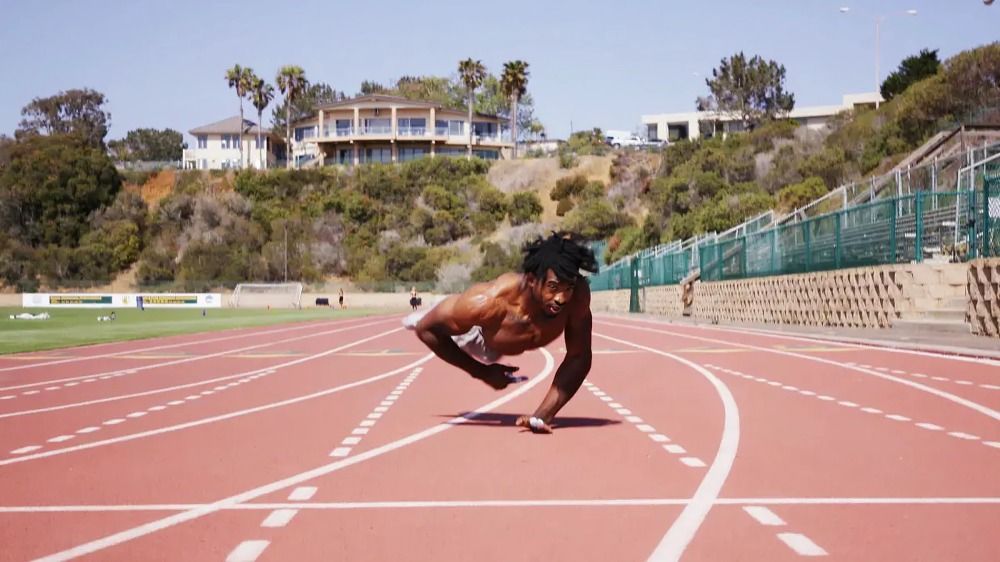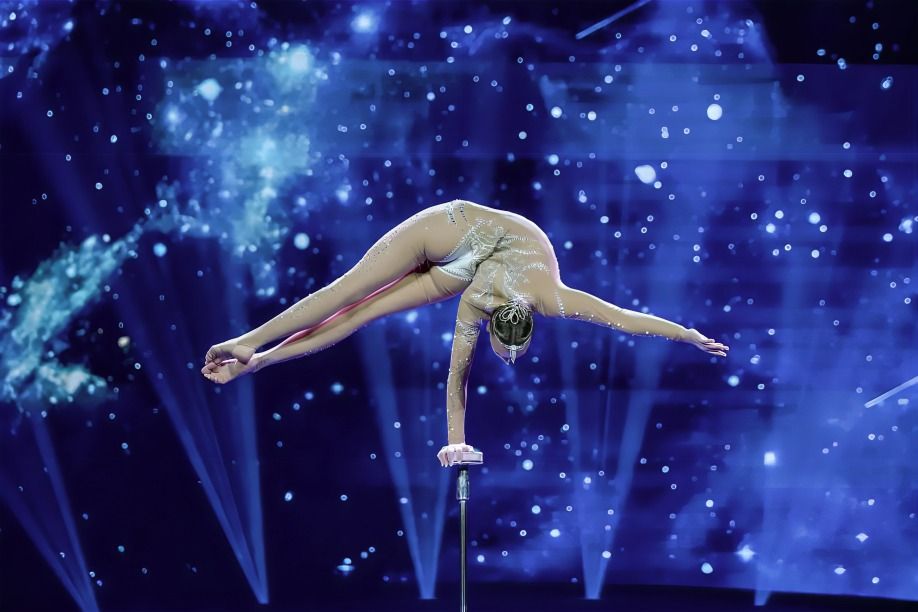
“
Our hands are extraordinary tools that play a vital role in our daily lives. From their intricate structure to their sensory capabilities, they enable us to perform a wide range of tasks with remarkable precision. In this blog, we will explore some remarkable facts about hands, showcasing their versatility, strength, and unique features that make them indispensable to human function and expression.1
1
”
Hands are marvels of complexity, housing 27 bones, 29 joints, and over 120 ligaments and muscles. This intricate structure grants them exceptional dexterity and the ability to perform delicate movements with remarkable precision.1
Only 10 to 15% of people are left-handed, while about 1 in 100 are ambidextrous, able to use both hands equally. What distinguishes human hands from other animals is our unique opposable thumb, which allows for precise grip and manipulation.2

Sultan Kösen of Turkey holds the record for the largest hands on a living person, measuring 28.5 cm (11.22 in) from wrist to middle fingertip. His impressive hand span of 30.48 cm (12 in) highlights the remarkable diversity in human anatomy.
The first successful hand transplant was performed in 1964 by Dr. James Hardy. This pioneering surgery involved attaching a donor hand to a recipient, marking a major milestone in transplant medicine. 3
Mohamed Shehata from Egypt holds the record for the widest hand span on a living male, measuring 31.3 cm (12.32 in), as officially verified in Cairo, Egypt, on 27 April 2021. His remarkable hand size showcases the diversity and uniqueness of human anatomy.4
Our hands are equipped with sensitive skin that can detect sensations ranging from the light tickle of a feather to the comforting warmth of a sunny day, acting as our personal sensory tools.5

Zion Clark, despite having caudal regression syndrome, is an inspirational figure, athlete, and author. He holds three Guinness World Records for his remarkable achievements in walking on hands, box jumping, and diamond push-ups, showcasing his incredible strength and determination.
Changes in hand appearance, such as swelling, discoloration, or changes in nail texture, can be indicators of health issues. Hands often reflect systemic conditions and are important in diagnosing various medical conditions.6

Valeriia Davydenko from Ukraine set the record for the longest time balancing on hands at 1 hr 10 min 3 sec, surpassing the previous record of 59 min 6 sec. This remarkable feat of balance and strength was achieved in Haut-Rhin, France, on 4 May 2023.
Men typically have longer ring fingers compared to their index fingers, while women generally exhibit the opposite trend. This difference in finger length ratio is often linked to hormonal influences during development and may affect various physical and psychological traits.7
The average hand length for adult women is approximately 6.7 inches, whereas for adult men, it averages around 7.4 inches. This difference reflects general variations in hand size between 8
Koalas have two opposable thumbs on each hand, which help them grasp and cling to tree branches. Their hands are adapted for a strong grip to support their arboreal lifestyle.9
Hands tend to heal relatively quickly from minor injuries due to a rich supply of blood vessels and an abundance of healing cells. This makes them somewhat resilient despite their frequent use.10
Approximately 25% of our brain's motor cortex is dedicated to controlling hand muscles, as depicted in Dr. Wilder Penfield's homunculus diagrams. This emphasizes how crucial our hands are for manipulating objects and interacting with our environment.11
The skin on the palm and fingers is unique: it's glabrous (hairless), has fingerprints for grip, doesn't tan, and is tough yet sensitive. Anchored to the bones by fascia, it prevents slipping during gripping actions. However, the thickening of this fascia can lead to Dupuytren's disease in some people.12

Robotic hand exoskeletons are designed to assist individuals with hand disabilities by providing support and enhancing grip strength. These wearable devices help users perform daily tasks and improve dexterity through robotic assistance.
Our fingers are more sensitive than our eyes due to the high concentration of receptors in our fingertips. These receptors transmit detailed sensory information to the brain, making our fingertips highly responsive to touch and texture.13
Fingers lack muscles of their own; instead, they rely on tendons and muscles in the forearm to move. These tendons extend from the muscles in the forearm through the wrist, enabling finger movement and flexibility.14
Advanced haptic feedback systems in virtual reality (VR) gloves provide users with realistic sensations of touch and texture. These gloves use actuators to simulate the feel of objects, enhancing immersion in virtual environments.15
Hand surgeons often suggest that if someone had to choose, losing the index finger might be preferable because it is the least essential finger for gripping and daily tasks compared to the others.16


